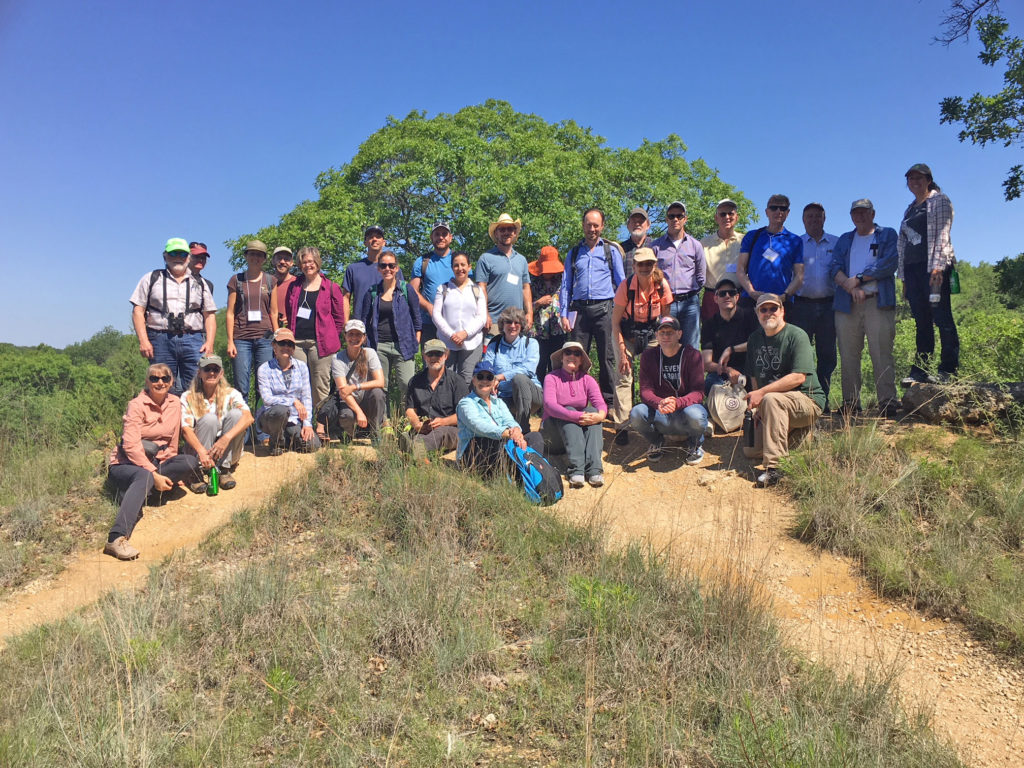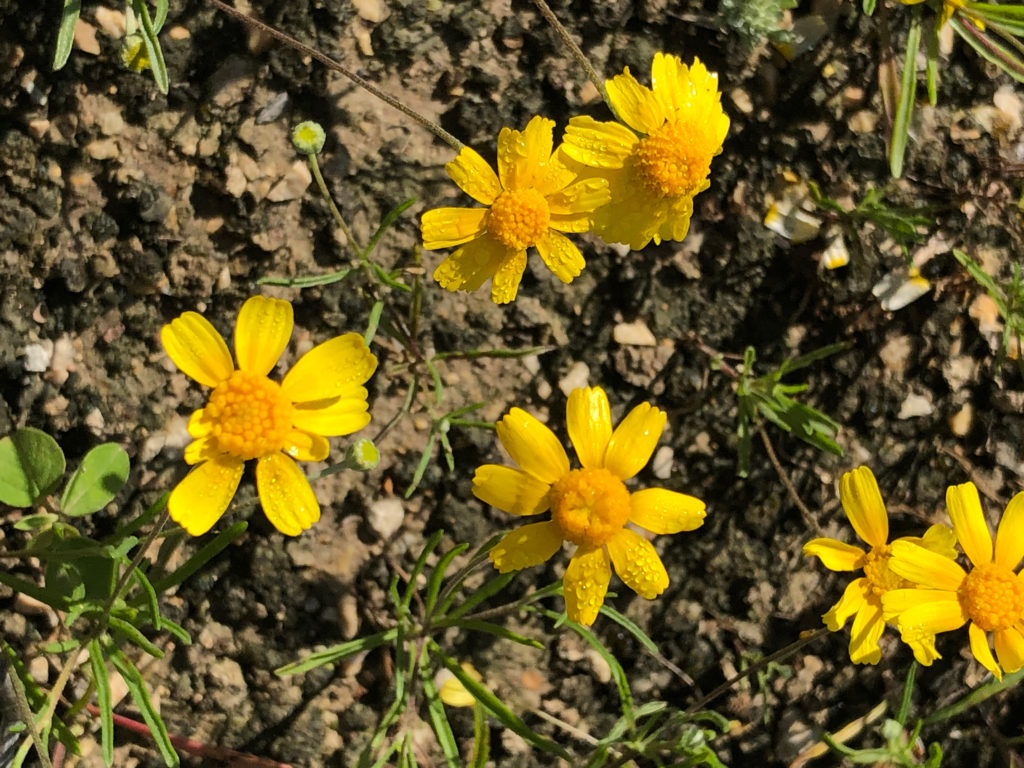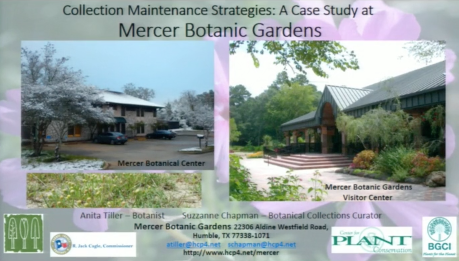
Anita Tiller and Suzzanne Chapman, Mercer Botanic Gardens Mercer Botanic Gardens, a Harris County(HC) Precinct 4(P4) Parks facility is susceptible to periodic floods. Rainfall in the drainage basin of Cypress Creek, adjacent to Mercer, ranged from 35-50” during the course of Hurricane Harvey in August 2017. As a participating institution for the CPC, Mercer maintains […]
Read More…
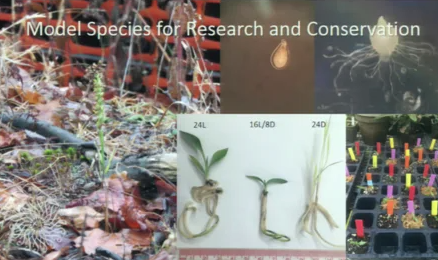
Peter Zale and Matt Taylor, Longwood Gardens Several species of Spiranthes native to the Eastern U.S. are considered rare, threatened or endangered by federal and state agencies. Using the Pennsylvania endangered Spiranthes casei as a model species, experiments were designed to determine optimal conditions for in vitro seed germination and seedling development. Seeds were collected […]
Read More…
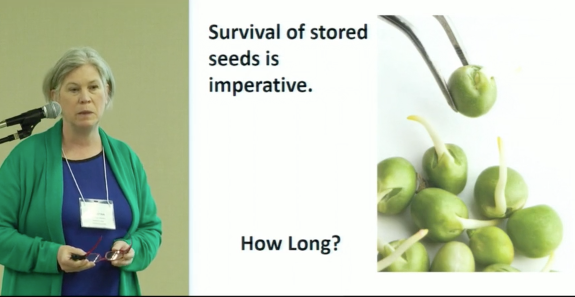
Chris Walters, Research Leader of the Plant Germplasm Preservation Research team at USDA-ARS National Laboratory for Genetic Resources Preservation Knowing how long storedgermplasmsurvives is critical for effective banking of genetic resources. Longevity is inherently difficult to predict because there are so many factors controlling how cells respond to storage conditions. Uncertainty increases forgermplasmcollections of natural […]
Read More…
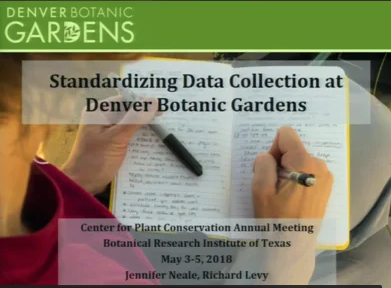
Jennifer Neale, Denver Botanic Gardens As scientific programs at Denver Botanic Gardens continue to grow we are working to standardize data collection across all projects to enhance and improve data utility. We have developed uniform protocols for documenting biodiversity for all studies whether they regard demographic studies, ecological monitoring, seed conservation, or floristic surveys. Collection […]
Read More…
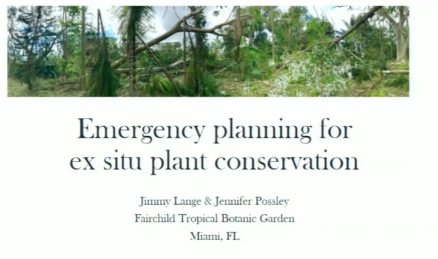
James Lange and Jennifer Possley, Fairchild Tropical Botanic Garden In the event of a hurricane, low elevation and proximity to the coast place Fairchild at high risk, and thus contingency plans must be in place to preserve our ex situ collections. Anticipating severe damage and extended power loss from Hurricane Irma, we took several measures […]
Read More…
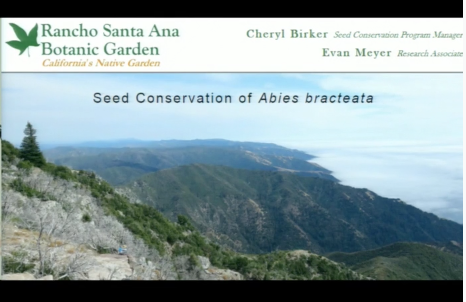
Cheryl Birker, Seed Conservation Program Manager and Evan Meyer, Rancho Santa Ana Botanic Garden Abies bracteata(Bristlecone fir; Santa Lucia fir) is a 12-30 meter tall tree restricted to a small, wildfire prone range in the Santa Lucia Mountains on the central coast of California. While several botanical gardens maintain living specimens, it remains rare in […]
Read More…
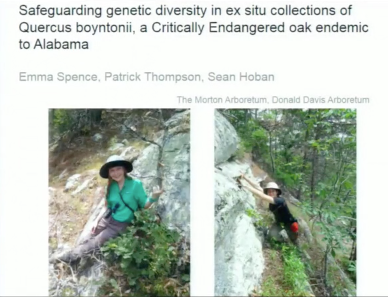
Sean Hoban, Emma Spence, and Patrick Thompson, The Morton Arboretum The Morton Arboretum seeks to improve the conservation value and genetic representation in ex situ collections by developing guidance for sampling seed. One example regards IUCN Critically Endangered Quercus boyntonii (Boynton sand post oak), which is endemic to Alabama and only occurs on exposed sandstone […]
Read More…
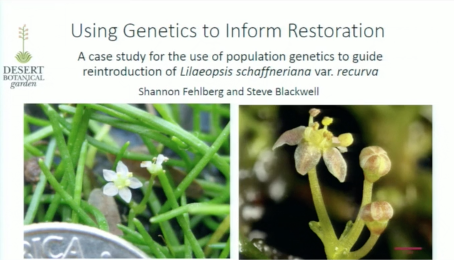
Kim McCue, Shannon Felberg and Steve Blackwell Desert Botanic Garden […]
Read More…
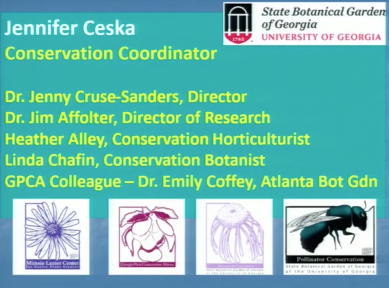
Jennifer Ceska,Jenny Cruse Sanders, Jim Affolter, Heather Alley, Linda Chafin and Emily Coffey,The State Botanical Garden of Georgia A tall and elegant wildflower, Smooth Coneflower was dwindling to extinction on Georgia’s roadsides where seed heads and whole plants were poached or killed by roadside maintenance. With her Master’s thesis demonstrating that endangered plants could be […]
Read More…
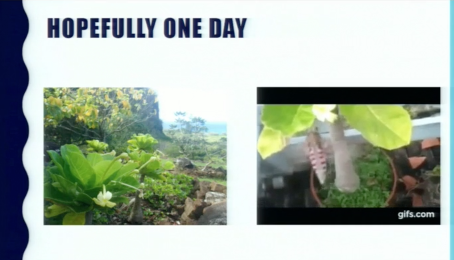
Jordan Wood, Jeremie Fant, Andrea Kramer and Kay Havens, Chicago Botanic Garden Genetics becomes important whenever populations become small (<100). This includes loss o fgenetic diversity from drift, increased expression of deleterious genes due to inbreeding, and limiting local adaptation. Since many species of plants are able to be seed banked, it is possible to […]
Read More…
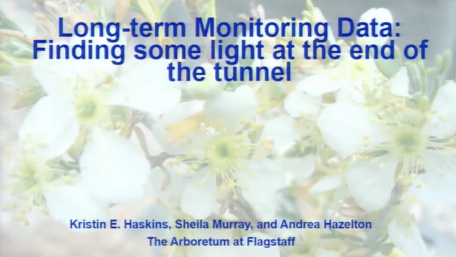
Kristin E. Haskins and Sheila Murray (The Arboretum at Flagstaff), and Andrea Hazelton (Desert Butte Botany) Acquisition of a long-term dataset is truly rare and can represent decades of hard work and thousands of dollars or more in exhausted resources. The standard model of monitoring year after year is unsustainable for most organizations and begs […]
Read More…











